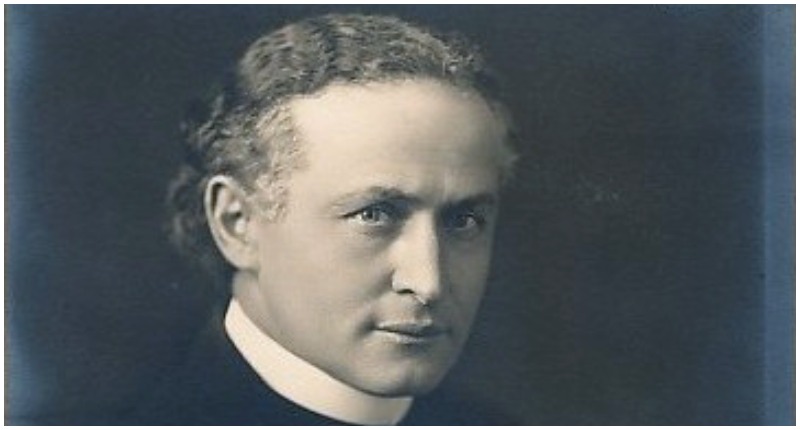For a time, magician Harry Houdini was one of the two most popular people on Earth, the other being movie star Charlie Chaplin. His name was so recognized that for years afterward, someone escaping from a tight spot would likely have been called “Houdini”. Here are ten things about the groundbreaking magician and escape artist that you might not know:
Houdini was one of the world’s first private pilots
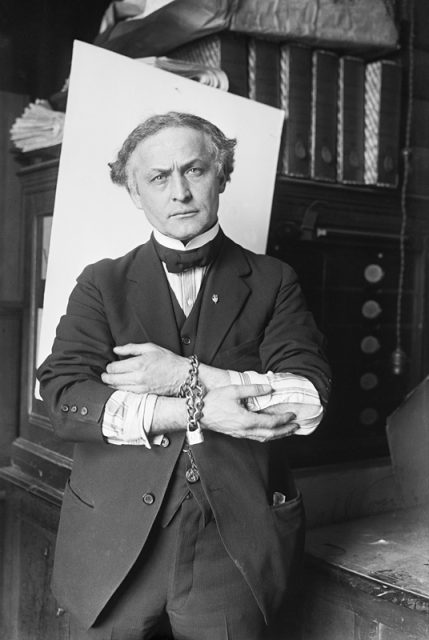
On tour in Europe in 1909, he bought a French Voisin biplane. At the time, planes were an absolutely new and wondrous invention, rare to see in the sky (or just feet off the ground), and Houdini could not stop thinking about what it would be like to wing his way among the clouds.
Unfortunately, on his first flight, which took place in Germany, he crashed. Eventually, he learned to stay in the air for a few minutes at a time – remember, this was just six years after the Wright Brothers maiden flight. Houdini entered aviation history by being the first man to make a controlled flight in Australia.
The magician said he would send a message from the afterlife
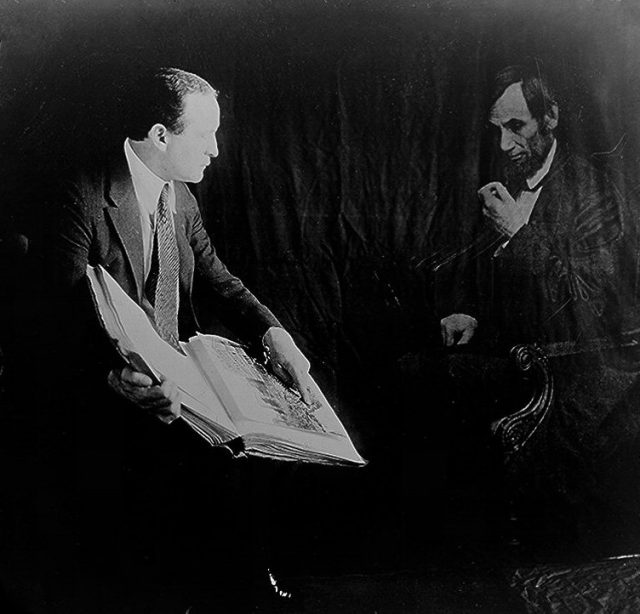
Houdini told his wife Bess that when he died, he would try to contact her from the afterlife. He said he would somehow send a message saying “Rosabelle – believe.” Rosabelle, Bess, waited for ten years, holding seances and visiting mediums, to no avail.
After ten years, she stopped trying, saying that “…ten years is long enough to wait for any man.” Despite the lack of a message from the magician, Houdini fans have held seances both large and small, hoping to make contact with him.
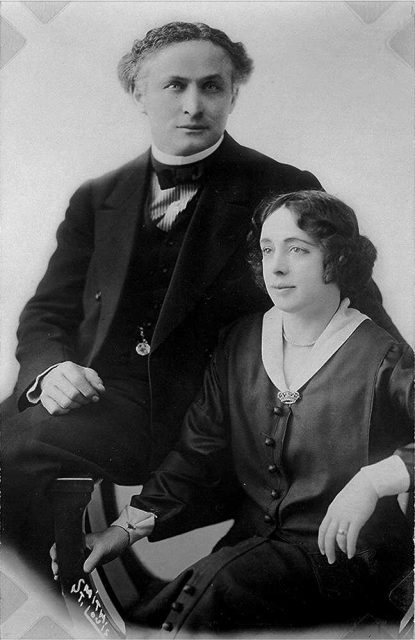
Despite wanting to contact his wife from the afterlife, Houdini was a skeptic, frequently debunking those who claimed to have contact with the supernatural. After having achieved worldwide fame as a magician, Houdini became a what might be called a “professional skeptic”, and spent much time proving that most if not all of those who claimed to be in contact with the afterlife and the supernatural were frauds.
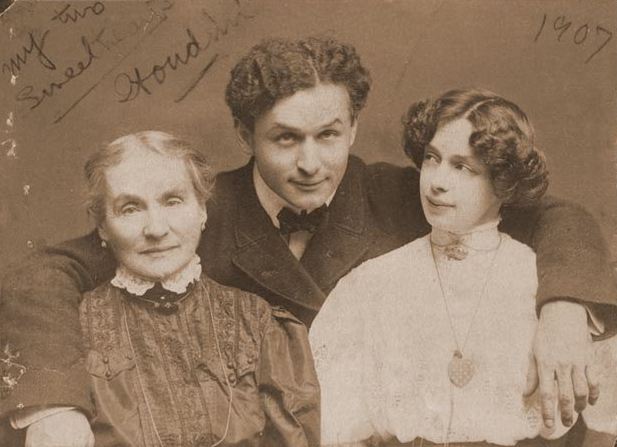
In the 1920s, seances, crystal balls, trances and much else were all the rage, and most cities had a plethora of con men and women ready to take advantage of the grief-stricken to make their fortune. Houdini even offered $10,000 to anyone that could prove to him that he/she could make contact with the afterlife. Just before his death, Houdini testified before Congress in the hope that the body would outlaw the telling of fortunes for profit.
Houdini’s real name was Erik Weisz, and he named himself after a French magician
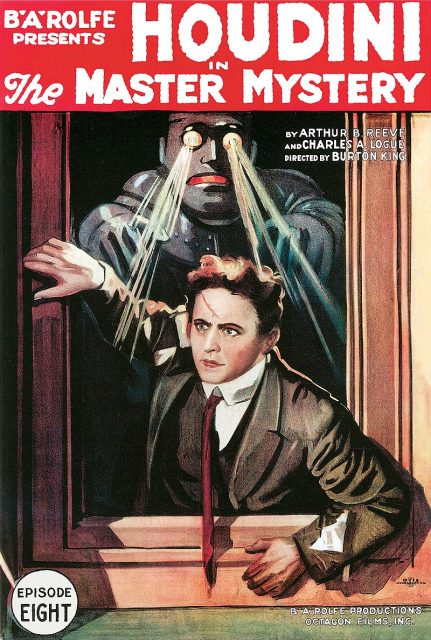
He was born in Hungary in 1874. His family migrated to Wisconsin when Harry was four. Growing up, Harry was fascinated by magic and magicians, learning as much as he could about famous tricks and the men who developed them. One of them was a Frenchman named Jean-Eugene Robert-Houdin…add an “i” and you have “Houdini”.
Houdini’s first nickname was “King of Handcuffs”
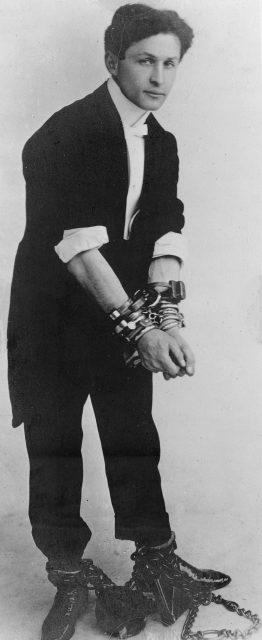
Harry spent the first part of his career traveling in carnivals and vaudeville shows, but he achieved no real success. He was going to end his traveling career and teach a magic class for would-be entertainers when he was spotted by a famous vaudevillian, Martin Beck, who ran shows in the United States and Europe.
Houdini went on tour for Beck, who had the audience that Houdini’s prior shows could never achieve, and he became not just a magician pulling the proverbial “rabbit out of the hat”, but an escape artist too.
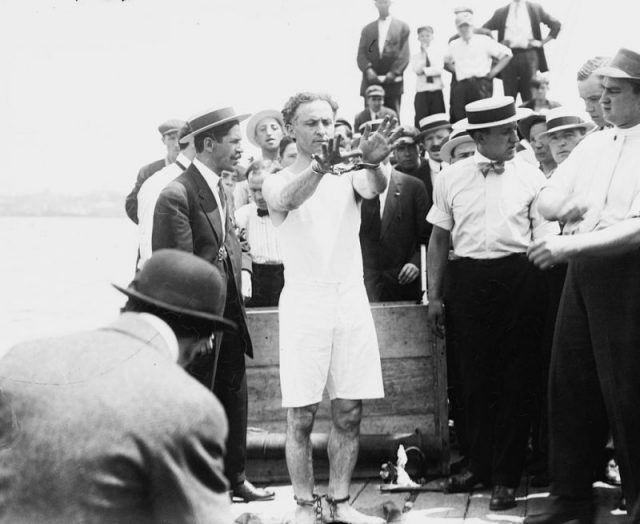
To promote the act and the show, Houdini would go to local jails or police stations and escape from them, usually after being shackled by the cops. As he developed his skill, his stunts got more daring: escaping from handcuffs behind his back after being thrown in a river, and breaking out of the jail call that had held Charles Guiteau, the man who took President James A. Garfield’s life.
Houdini’s brother was also a famous magician
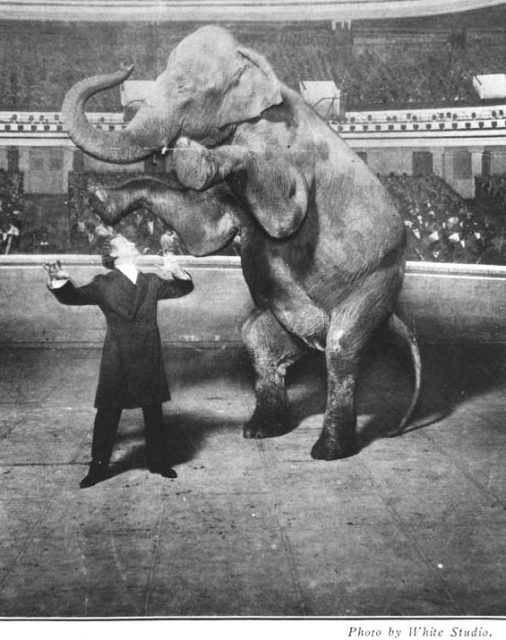
Harry’s younger brother Theo had also been bitten by the magic bug as a boy, and when Harry achieved success in Europe, he sent for his brother, who called himself “Hardeen”. Theo is actually credited with developing Houdini’s most famous trick: escaping from a straitjacket. Until Houdini’s death in 1926, Hardeen and Harry faked a brotherly rivalry, each trying to out-do the other. Hardeen continued to perform into the 1940’s, many times using Houdini’s original equipment.
Houdini escaped from a “sea-monster”
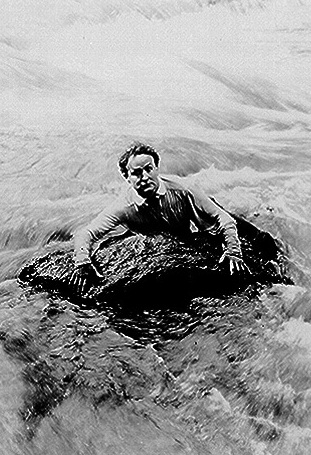
In 1911, while on tour in the United States, Houdini was challenged to escape from a “sea monster”. Most people believe that the creature was a washed-up whale or large leather-back tortoise, but either way, Houdini was chained and placed inside the carcass. He escaped after 15 minutes but later admitted he almost suffocated from the stench and gas of the rotting beast.
Related Video: Exhibition of Crazy Leonardo Da Vinci Designs
https://youtu.be/dtCairKbsL8
The Hungarian-born magician volunteered his time in the first world war
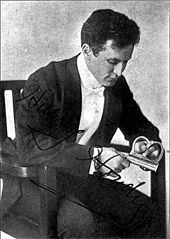
Houdini was a forerunner of the USO shows of the the second world war era, going to the Western Front to entertain the troops with magic tricks and escapes to help keep up morale. He also gave “classes” in New York, telling the doughboys how to escape from a sinking ship should they be torpedoed, and how to escape ropes and handcuffs should they be captured by the Germans.
Harry owned his own movie studio
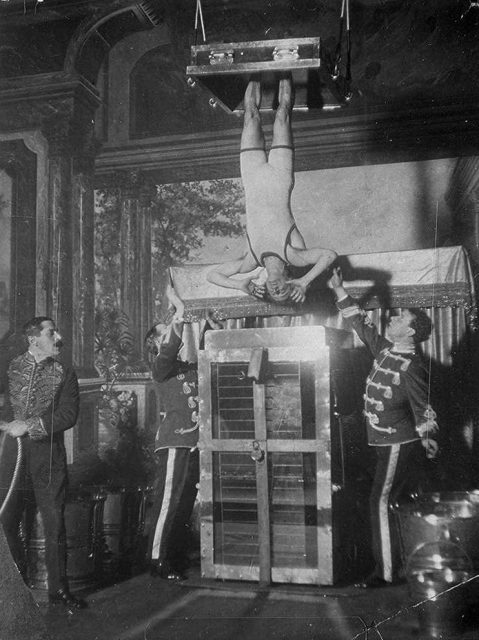
Movies were a new thing in the early 20th century, just as planes were, and Houdini was in on them, too. He made a series of silent films, a serial called the “The Master Mystery”, in which he played a detective who frequently had to escape tight situations.
This was a big hit, and encouraged Houdini to launch his own movie-making company, the “Houdini Picture Company”. He made two films: “Haldane of the Secret Service” and “The Man from Beyond”, but both his performances and the box office receipts were poor. In 1923, he quit the movie biz, having lost much of his money.
Houdini’s end is still a mystery
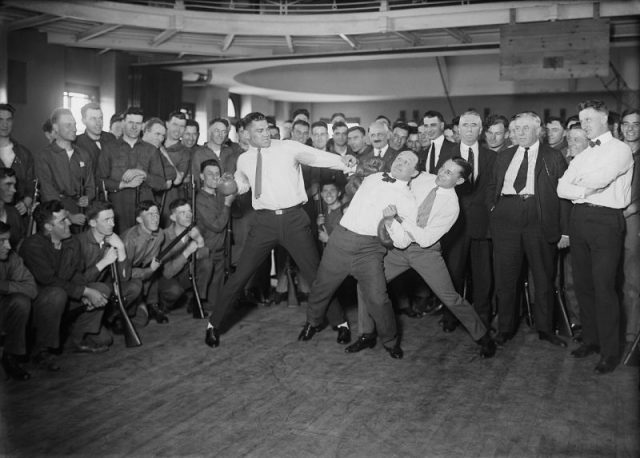
Harry”s official cause of death was peritonitis caused by a ruptured appendix. He died after a strained performance in Detroit in 1926, at age 52. Some say the bout of appendicitis was caused by a college student who had something to prove.
In his dressing room after a performance, Houdini was talking to a small number of fans, one of them a male college student who had heard about Houdini’s abs being so strong that they could withstand a punch. Houdini bragged about it, and the young man hit him without warning. For the rest of the day and night, Houdini complained of stomach pain.
Others believe that he was poisoned by an unknown group of “Spiritualists”, who were upset that Houdini was debunking their trade. He had received death threats from people claiming to be spiritualists.
